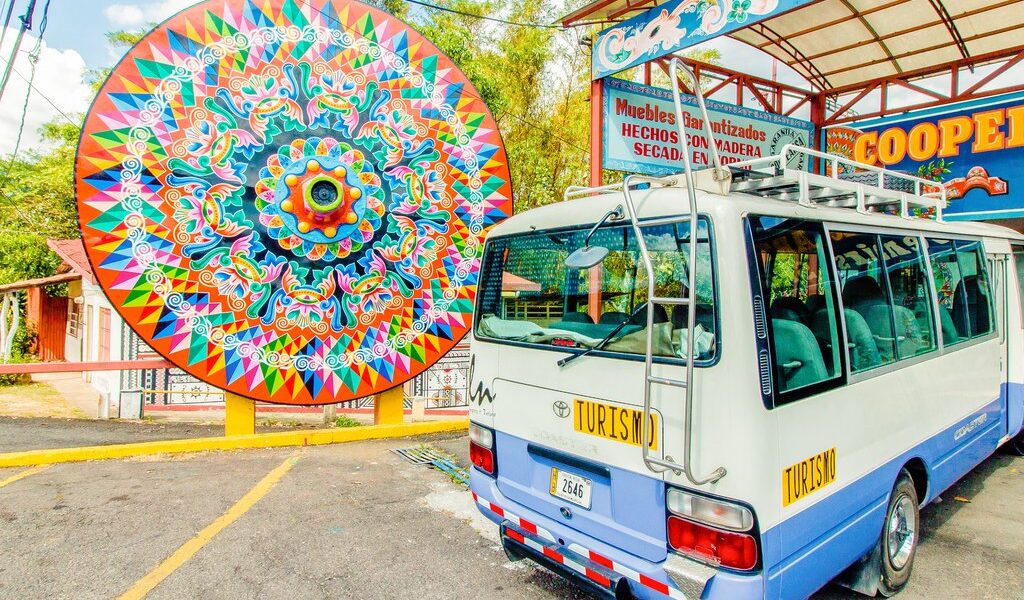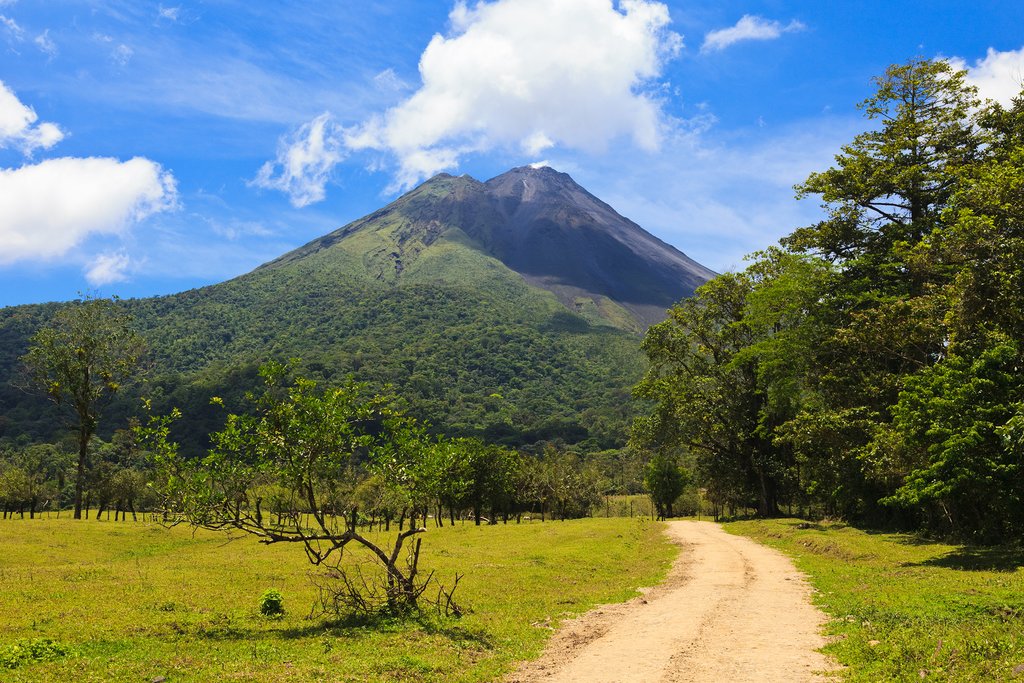
Costa Rica has a way of igniting the adventurous spirit within. This is, after all, one of the world’s most biodiverse countries loaded with rainforests, wildlife species, beaches, outdoor activities, and 28 national parks—3 of which are UNESCO-listed. If you’re planning on exploring some (or all) of what Costa Rica has to offer, you’ll likely want to consider renting a car. Read this driving guide for the inside scoop.
## Embarking on a Costa Rican Adventure: Is a Self-Drive Trip the Right Choice for You?
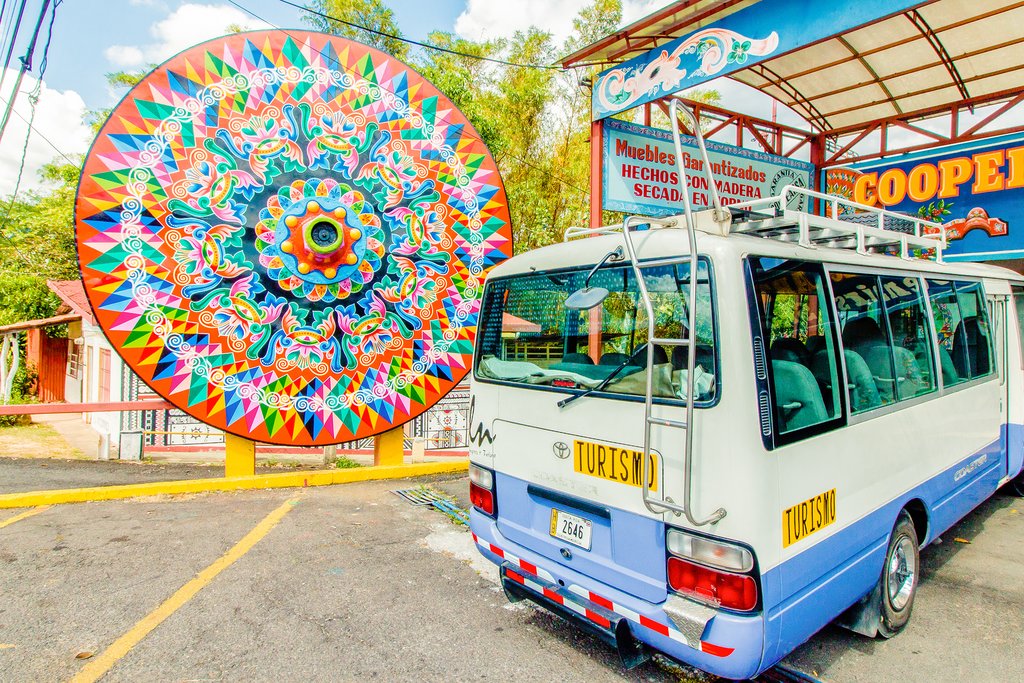
When you’re planning your unforgettable Costa Rica escape with Big Time Holidays, you’ll discover that you have several enticing options for navigating this captivating country. Each choice, whether it’s renting a car for a self-drive adventure, utilizing shared shuttle services, or opting for the luxury of private transfers, comes with its own distinct set of advantages and disadvantages. Understanding these nuances is crucial to crafting the perfect itinerary that aligns with your travel style and preferences. We’ve carefully laid out the details of each option to empower you to decide if a self-drive trip is the most sensible and rewarding way for you to experience the wonders of Costa Rica.
### The Allure of the Open Road: Renting a Car (Self-Drive)
For the independent traveler who craves the freedom to chart their own course, to spontaneously veer off the beaten path, and to linger at captivating locales for as long as their heart desires, a self-guided road trip through Costa Rica is undeniably the premier choice. Imagine the exhilaration of discovering hidden gems, hard-to-reach places that are simply inaccessible by other means of transport.
While a self-drive adventure may present certain challenges, perhaps requiring a bit more planning and potentially proving more expensive for smaller travel groups, the sheer adventure factor of independently navigating a country as breathtakingly beautiful as Costa Rica is truly priceless. The ability to set your own pace, to customize your itinerary based on whims and discoveries, is an unparalleled travel experience. We’ve compiled a list of frequently asked questions regarding self-drive trips in Costa Rica to help you determine if this style of travel resonates with your adventurous spirit.
### Shared Shuttle Service: A Convenient Option
The shared shuttle service stands as the most prevalent mode of transportation for visitors exploring Costa Rica. Numerous shuttles operate throughout the day, connecting the major destinations in Costa Rica with reliable regularity. If your travel plans primarily involve sticking to well-trodden tourist routes and you don’t anticipate venturing too far into the less-explored regions, this option presents a safe and dependable way to get around. You can relax and enjoy the scenery without the responsibility of driving or navigating unfamiliar roads.
However, it’s important to be aware of the potential drawbacks. During the high season, shuttle services are prone to selling out quickly, necessitating advance bookings to secure your seat. Moreover, be prepared for multiple stops along the way as drivers pick up passengers from various hotels. This can add considerable time to your journey, potentially extending your travel time by up to an hour or more if you happen to be among the first to be picked up. Additionally, the seating in shared shuttles can sometimes be cramped, especially for taller individuals, potentially compromising comfort on longer rides.
### The Comfort and Flexibility of Private Transfers
For travelers who prioritize flexibility, personalized schedules, and a higher level of comfort, private transfers offer an attractive alternative to shared shuttles. With a private transfer, you can dictate the pace of your journey, make fewer stops, and enjoy a more relaxed and comfortable ride.
However, it’s worth noting that private transfers typically come with a higher price tag compared to shared shuttles, and they may not be available for reaching some of the more remote and less accessible corners of the country. But, if you’re traveling with a larger group, perhaps six or more passengers, the cost of a private transfer can become surprisingly competitive, potentially even equaling or surpassing the expense of a self-drive trip, making it a financially sound option to consider.
To delve deeper into the expertise and dedication of our local specialists, we encourage you to read “How Big Time Holidays Trips Work in Costa Rica”.
## Unveiling Costa Rica’s Treasures: What Awaits You Along the Road?
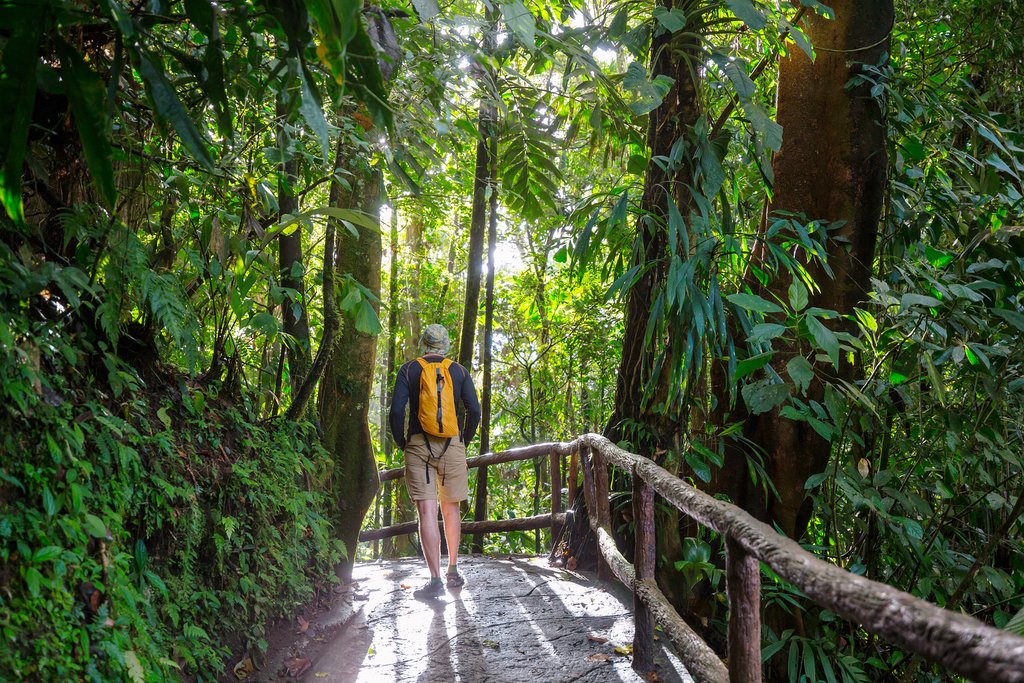
Embarking on a road trip through Costa Rica unveils a kaleidoscope of possibilities for discovery, transforming every journey into an unforgettable adventure. With a wealth of national parks and wildlife preserves scattered across the landscape – accounting for over 25% of the country’s total area – you’re never far from an opportunity to stretch your legs, immerse yourself in nature, and encounter the incredible biodiversity that Costa Rica is famous for. Imagine pausing your drive to embark on a scenic hike through lush rainforests, spotting exotic birds and playful monkeys along the way.
And, of course, if your route takes you along either of Costa Rica’s stunning coastlines, you’ll be treated to a continuous parade of breathtaking beaches. With your own car, the freedom to pull over for spontaneous photographs, strolls along the sandy shores, or refreshing dips in the turquoise ocean is entirely yours. Capture that perfect sunset, discover a secluded cove, or simply bask in the sun’s warmth – the choice is yours.
To truly savor the authentic flavors of Costa Rica, be sure to stop at one of the many *sodas* that dot the roadside. These humble local eateries offer a tantalizing array of traditional Costa Rican dishes, prepared with fresh, locally sourced ingredients. Sample mouthwatering *gallo pinto*, savor the rich aroma of traditional Costa Rican coffee, and quench your thirst with refreshing natural fruit juices. Your knowledgeable local specialist can provide personalized recommendations, guiding you to the best *sodas* along your chosen route.
For a broader perspective on the unique and unforgettable experiences that await you in Costa Rica, we invite you to read “Unique Ways to Experience Costa Rica”.
## Understanding Distances: How Long Will You Be Behind the Wheel?
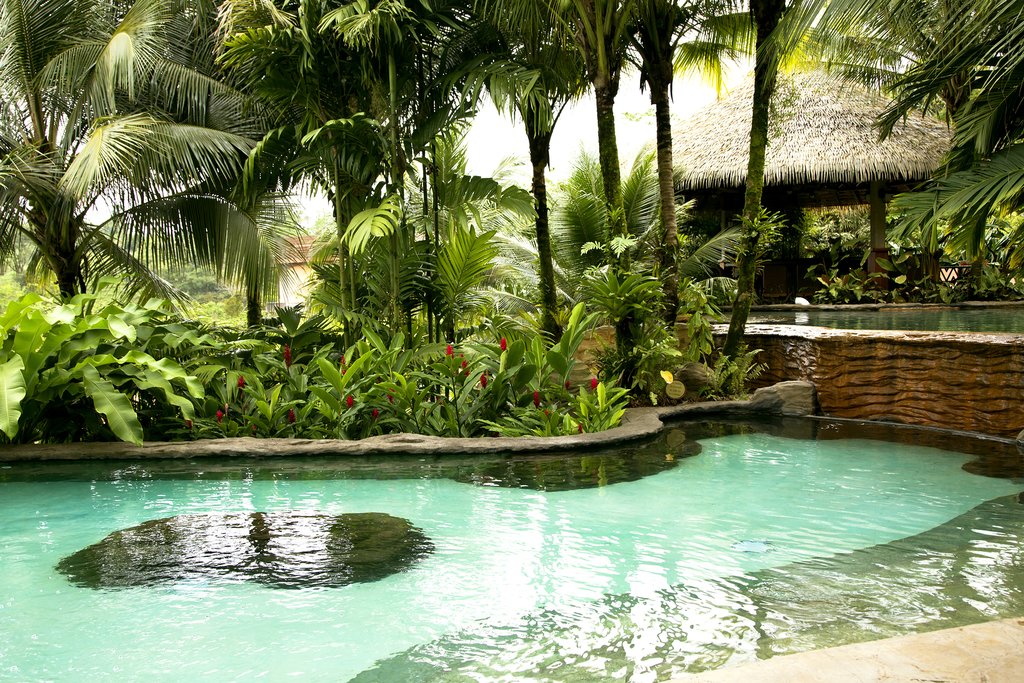
While Costa Rica may appear relatively small on a map, its diverse topography presents unique challenges to travel. The country’s landscape is characterized by a tapestry of mountains, dense rainforests, expansive plains, and winding river valleys, all of which impede the construction of extensive expressway networks. As a result, traversing from point A to point B can often take longer than anticipated.
On average, you can expect a driving time of approximately 3.5 hours between destinations in Costa Rica. However, the beauty of a self-drive adventure lies in the ability to break up longer journeys into manageable and enjoyable segments. For example, if your itinerary involves traveling from San Jose, the bustling capital city, to the sun-kissed beaches of Guanacaste, consider incorporating a delightful overnight stay in La Fortuna. This charming town is nestled at the base of the majestic Arenal Volcano and offers the perfect opportunity to soak in rejuvenating natural hot springs.
If your journey originates in San Jose, be sure to factor in an additional hour of travel time if you happen to be driving during rush hour, as traffic congestion in the capital can be particularly intense. Once you’ve navigated the city and reached the open highway, the standard speed limit is 55 miles per hour (90 km/h). It’s prudent to adhere to this limit, as speeding tickets can be quite costly, potentially reaching upwards of $500 USD. Furthermore, it’s generally advisable to avoid driving after dark, especially in areas surrounded by dense jungle. If your arrival time is scheduled for late afternoon or evening, it’s wise to spend the night near the airport and commence your road trip refreshed and ready to explore the following morning, fortified by a good cup of Costa Rican coffee.
For more inspiration on destinations to explore, we suggest reading “Costa Rica – 5 Must Visit Volcanoes”.
## Navigating the Roads: Understanding Road Conditions
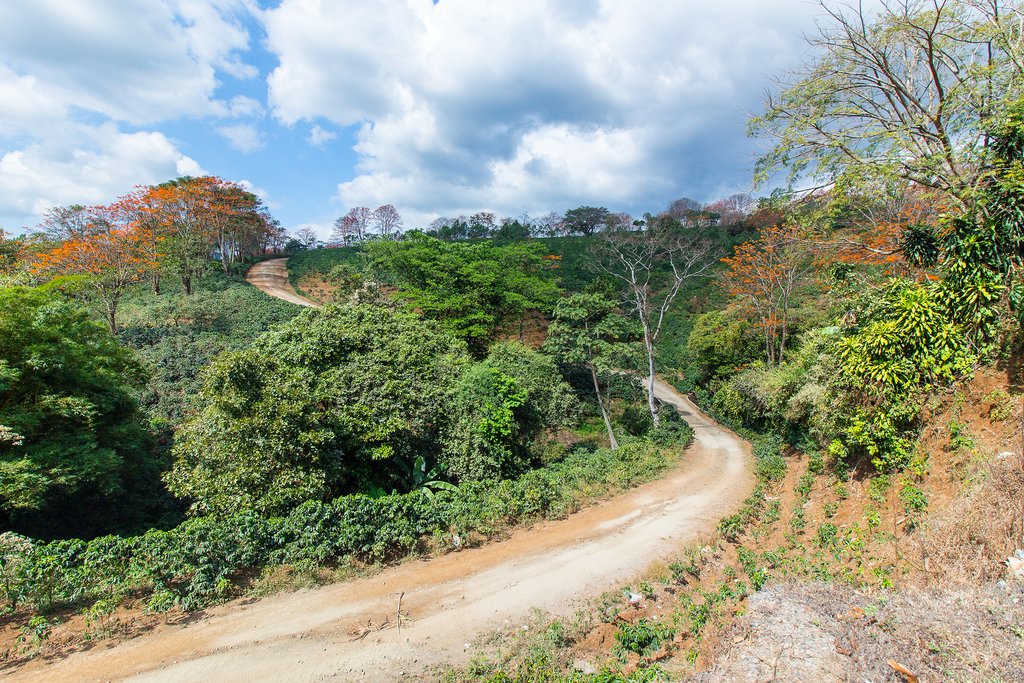
Despite some of the cautionary tales you may have encountered, the primary roads and highways throughout Costa Rica are generally well-maintained. Within and around the metropolitan areas, you’ll find that roads and highways feature clear signage (presented in Spanish) and are predominantly paved with distinct painted lines.
However, certain exceptions do exist, such as Route 606, which connects Arenal to Monteverde, and Route 160, which leads to Montezuma and Santa Teresa. These routes consist of a mix of paved and unpaved surfaces, with sections that may be bumpy and require slower speeds. Despite these challenges, the breathtaking scenery that unfolds along these roads is undeniably rewarding. It’s also essential to keep in mind that road conditions are subject to constant fluctuations due to weather patterns, ongoing construction projects, and the occasional impact of natural disasters.
As you venture further into the rural and more isolated regions of Costa Rica, you’ll quickly appreciate the value of having a 4WD vehicle. In fact, we highly recommend a 4WD, regardless of your intended destinations within Costa Rica. A 4WD will provide the necessary traction and ground clearance to confidently navigate dirt roads, negotiate potholes, and potentially traverse muddy conditions. You might even encounter a river crossing or two! When exploring areas near the coast, you’re likely to encounter inlets, bays, rivers, estuaries, and mangrove forests – natural features that often present obstacles to traditional road construction. Therefore, we emphatically reiterate the importance of securing a 4WD vehicle for your Costa Rican road trip.
To better prepare for the climatic conditions you might encounter, we recommend consulting “Best Time of Year to Visit Costa Rica” and “Yes, You Can Visit Costa Rica During Rainy Season”.
## Finding Your Way: Mastering Navigation
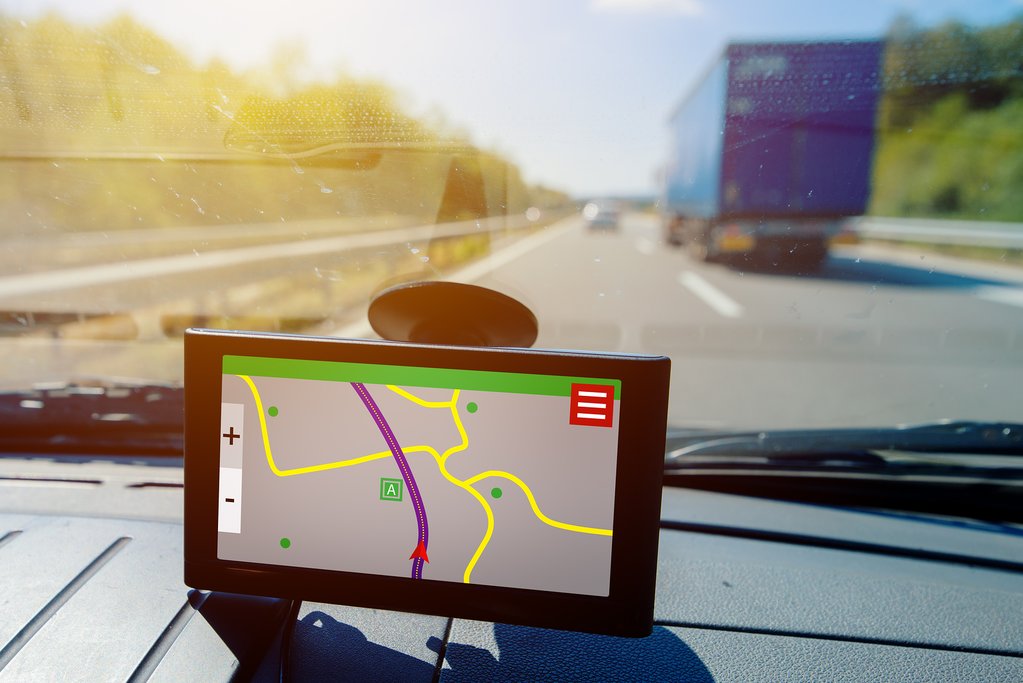
The most reliable method for navigating the intricate road network of Costa Rica is to reserve a GPS unit in conjunction with your rental car. These GPS devices are exceptionally helpful, and even many locals rely on them for guidance. While main roads and prominent destinations are generally well-signed, a GPS can be an invaluable asset, particularly when paired with Bluetooth connectivity for convenient hands-free audio directions.
Alternatively, if you possess a smartphone with a robust international data plan, consider downloading the WAZE application. This popular navigation app functions effectively throughout Costa Rica. Another option is to acquire a portable WiFi device for your vehicle, eliminating the need to incur roaming charges on your personal device.
However, it’s crucial to exercise caution when relying solely on technology in more remote areas, such as the Nicoya Peninsula. In these regions, navigation apps may direct you onto routes that appear to be faster but are, in reality, significantly slower due to poor road conditions, river crossings, or road closures resulting from recent rainfall. When venturing into rural areas, always consult with your local specialist before committing to a two-track road that your GPS or app recommends, even if you have reservations about its suitability.
For insights into planning the duration of your Costa Rican adventure, we invite you to read “How Many Days Should You Spend in Costa Rica”.
## Choosing the Right Vehicle: What Type is Recommended?
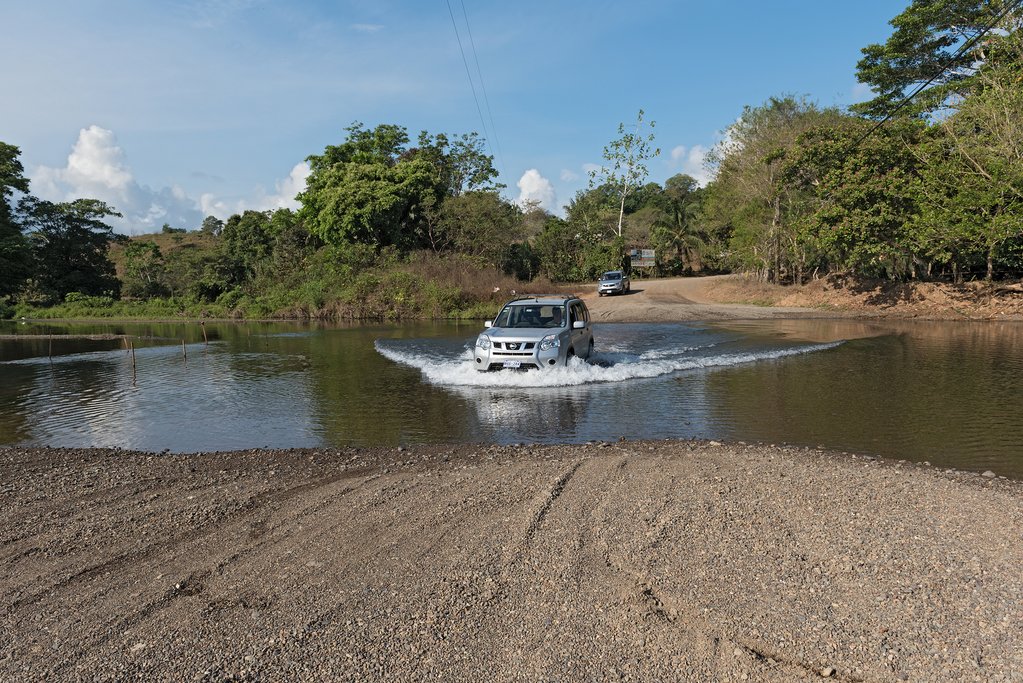
While we’ve touched on this topic previously, its importance warrants reiteration. The ideal vehicle for exploring Costa Rica is a 4WD SUV. This type of vehicle provides the necessary power and capability to ascend steep inclines and confidently navigate unpaved roads, muddy ruts, and rocky terrain without the risk of getting stuck.
Speaking of hills, many of Costa Rica’s most charming and authentic boutique hotels are perched atop hills, accessible only via narrow, unpaved driveways. Even if you don’t anticipate engaging in extensive off-roading, you may inadvertently find yourself doing just that. These harder-to-reach havens offer unparalleled views and a truly rewarding experience, making the somewhat challenging arrival process well worth the effort.
## Safety First: Is Driving in Costa Rica Safe?
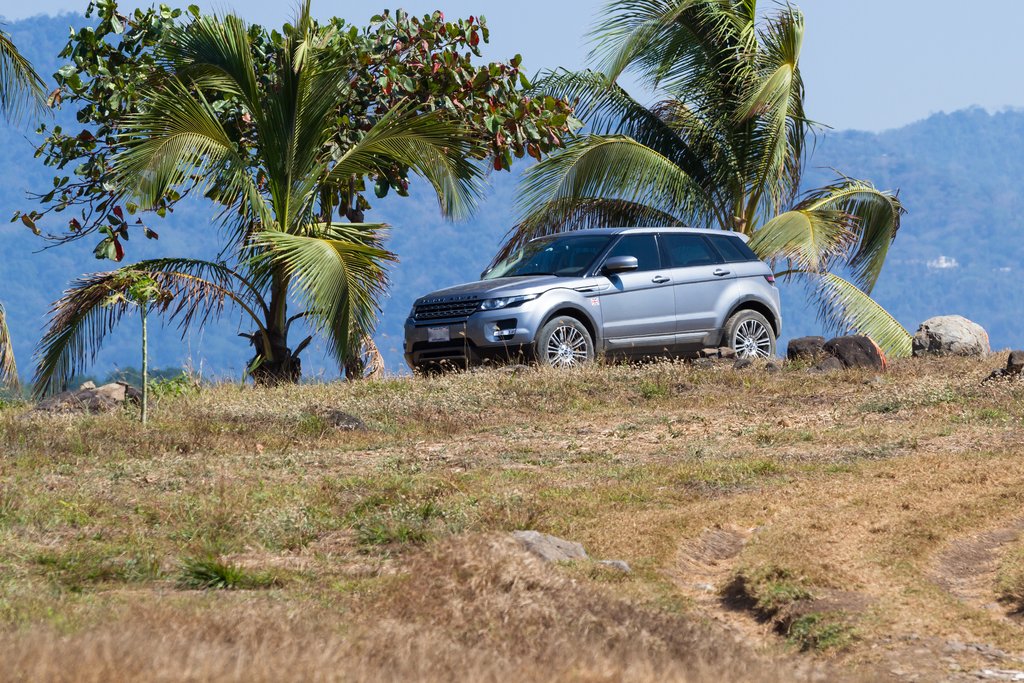
Driving in Costa Rica is generally safe, provided you adhere to appropriate precautions. Once you’ve secured your GPS and/or WiFi device – and verified your route with your local specialist – you’ll be well-equipped to reach your destination without getting lost. It’s strongly recommended that you restrict your driving to daylight hours, as many roads lack adequate street lighting, making nighttime visibility challenging.
Furthermore, it’s advisable to avoid leaving valuable items or other visible objects inside your vehicle, as petty theft can be a concern in certain areas.
## Driver’s License Requirements: Do You Need an International Permit?

Fortunately, obtaining an international driver’s license is not a requirement for driving in Costa Rica. Visitors are permitted to drive using their valid driver’s license from their home country, provided they possess a valid “tourist visa.” When collecting your rental car, you’ll only need to present your valid driver’s license from your country of origin and your passport, bearing an entry stamp (or a color copy thereof). It’s also necessary to present a valid credit card to cover the security deposit, which will be authorized until the conclusion of your rental period (more details on this to follow).
## Exploring the Regions: Which Areas are Best for Self-Drive Trips?
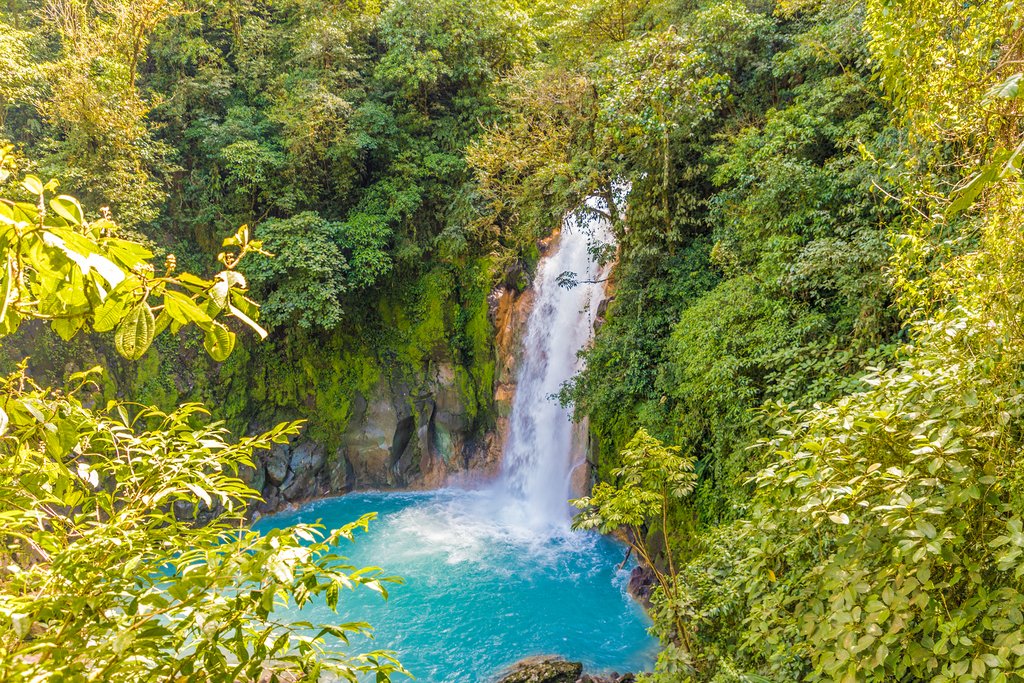
The majority of Costa Rica’s regions are well-suited for self-drive adventures, particularly those hidden gems that lie off the beaten path, such as Turrialba, San Gerardo de Dota, Rincón de la Vieja, and Río Celeste. These destinations often lack readily available shuttle services, and securing private transfers to these locations can also prove challenging.
However, certain regions, such as Monteverde and Santa Teresa in the Nicoya Peninsula, may be best avoided by those who are averse to driving on consistently bumpy roads, particularly during the rainy season. Otherwise, settle in, exercise patience, and savor the journey.
For further inspiration on regions to explore, we recommend reading “Essential Costa Rica: 4 Regions to Visit”.
## Understanding Fees: What Costs Can You Expect?

Navigating the intricacies of car rentals in Costa Rica can be somewhat complex, but with a little preparation, the process becomes much smoother.
### Security Deposit
Upon arrival, a security deposit will be placed on your credit card to cover the rental vehicle and, in some instances, the GPS unit. The standard range for the rental vehicle security deposit typically falls between $750 USD and $2500 USD, even if you have only opted for basic insurance coverage. It’s essential to ensure that your credit card has sufficient available credit to accommodate this deposit (another option is described below). The deposit amount can also vary depending on the type of vehicle you select.
### Insurance Options
Costa Rican law mandates that all rental car agencies require basic mandatory insurance, known as “PLI” or liability insurance. This coverage cannot be declined. “PLI” provides protection in the event that you cause damage to another person or damage to a third-party property.
Rental agencies will also offer two additional types of *optional* insurance. “LDW” or car protection covers damages to the rented vehicle and can be declined if you have a credit card that provides coverage for rental vehicles during the rental period. If you intend to decline this insurance, you must furnish a document from your credit card company confirming that you are fully covered in Costa Rica, specifying the type of vehicle you have selected, and the types of roads you will be traveling on.
Many renters also choose to add Extended Protection or a Supplementary Protection Plan (SPP) to avoid incurring any additional expenses in the event of an accident. A significant benefit of adding this coverage is that it typically reduces the rental vehicle security deposit to a range between $100 USD and $500 USD held on your credit card, as opposed to the larger amount mentioned earlier.
### Taxes
It’s important to note that taxes are added to the final bill. Be aware that cars rented “from the airport” are subject to an additional tax on the total cost of the rental.
## Traveling with Children: Can You Rent a Car Seat?

Yes! You can readily rent a baby seat or a booster seat for your trip. Costa Rican law mandates the use of a baby seat or booster seat for all children under the age of 12. While you may observe local families traveling without helmets on scooters, it’s best to adhere to the legal requirements.
For additional information on traveling with children, we encourage you to read “Why Costa Rica is Great For Families”.
B-510

